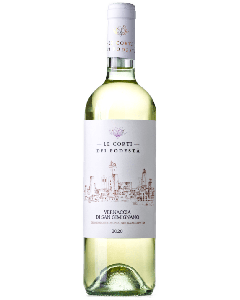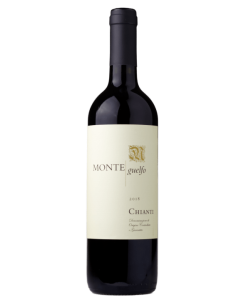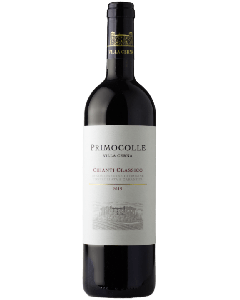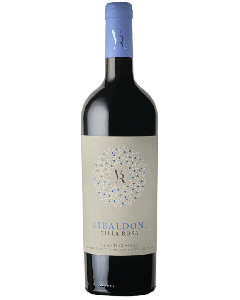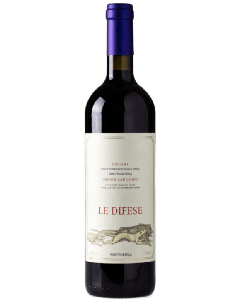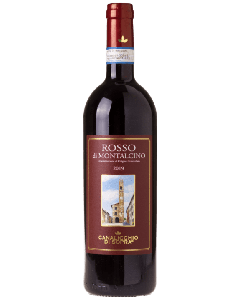We use cookies to make your experience better. To comply with the new e-Privacy directive, we need to ask for your consent to set the cookies. Learn more.
Gaja Pieve Santa Restituta 2015 Brunello di Montalcino 'Rennina'
Gaja's estate Brunello Rennina from the eagerly anticipated 2015 vintage. Having a world renowned reputation for their Barbaresco wines, Gaja originally purchased 16 hectares in Montalcino, in the hamlet of Santa Resituta in the 1990s, later adding a further 9 hectares in the north of the zone, near Torrenieri. This wine is purely from the Santa Restituta site, and one of Montalcino's best. South-West facing vineyards of sand, tuff and clay make this a wine with great volume and density. The fruit is is deeper than the estate Brunello with polished, fine-grained tannins which give structure to the lovely, silky fruit
This Month's Mixed Cases



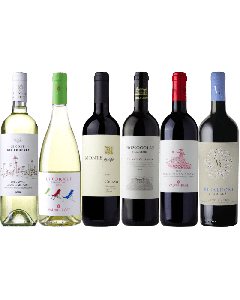

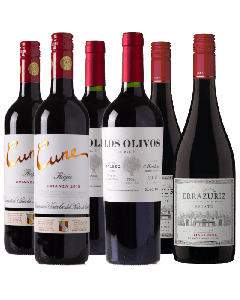
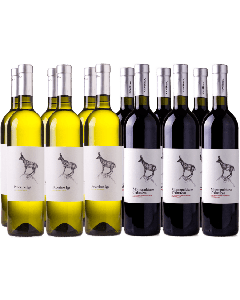
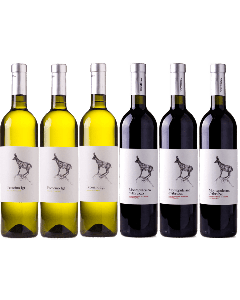
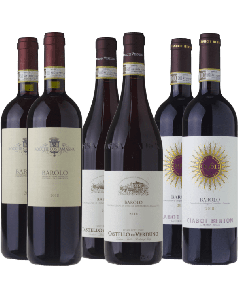
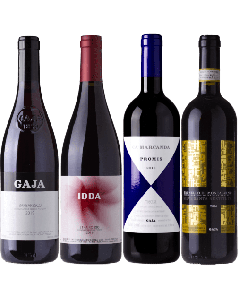
The Region
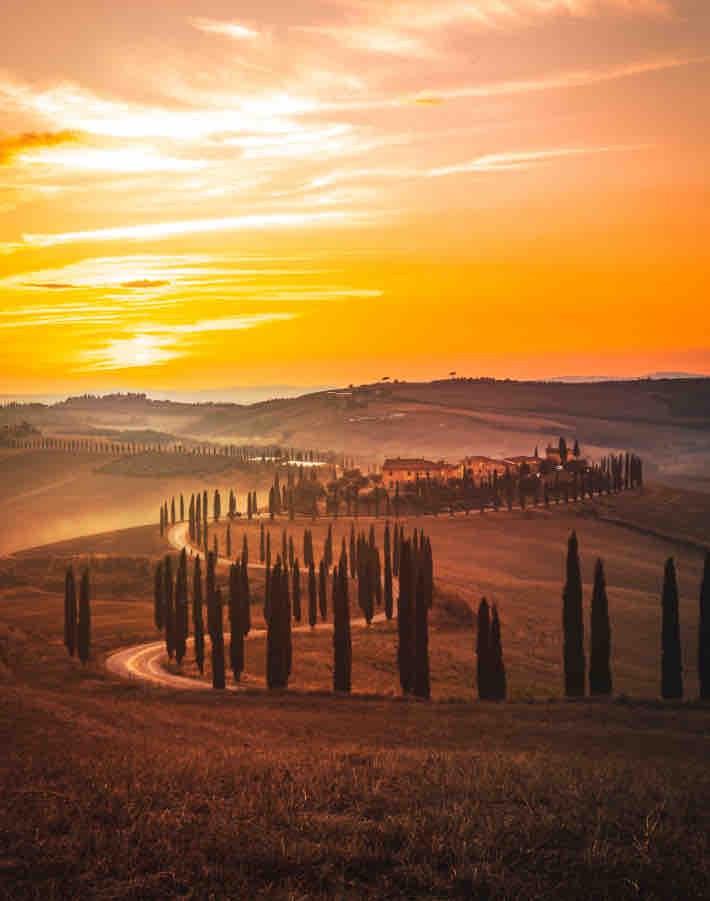
Tuscany
Tuscany is the region of Italy that most fine wine drinkers gravitate towards. It occupies much of Central Italy with a Tyrrhenian coast to the west and the Apennines to the east; it has both Mediterranean and continental climates.
The story of Tuscany begins with its significant black variety, Sangiovese, one of the most planted varieties in Italy, but here is its ancestral and spiritual home. Sangiovese makes up most of the blend of Chianti, Vino Nobile di Montepulciano, other DOC/Gs, and 100% of Brunello & Rosso di Montalcino.
Chianti Classico is the region between Florence and Siena and has been systematically polluted with foreign varieties such as Cabernet, Syrah and, God forbid, Merlot.
Now, we are seeing a return to more traditional blends as producers gradually move away from the Super Tuscan movement of the 1980s and 1990s.
In Montalcino, where only Sangiovese is permitted, producers have also shunned the illicit use of foreign varieties, and the wines have never been better. It was helped out by a good run of vintages, as well.
Elsewhere, there are still gems to discover. San Gimignano is home to the only major DOCG for white wines. Yet, the planting of its traditional variety, Vernaccia di San Gimignano, is on the wane, but not at the best producers who still champion this variety.
The Tuscan Coast is still the hotbed for innovation; unlike other bits of Tuscany, the international varieties thrive and make the best wines, with the occasional exception.

The Producer
Gaja
Gaja was founded in Barbaresco in 1859 by Giovanni Gaja. It wasn't until the fourth generation of the dynasty, Angelo Gaja, who took charge in 1961 that the company modernised - first of all by working with only their vineyards, reducing yields etc., furthered by introducing practices Angelo had seen in his travels in Burgundy, such as ageing the wines in small French oak barrels. Angelo was, and still is to a certain extent, a maverick, although now he is seen much more as an establishment figure. Angelo remains the figurehead of the company. However, it is the fifth generation of Gaia (pictured), Rossj, and Giovanni, now leading the various aspects of the operation.
In the early nineties, the family branched out from their home of Piedmont, initially buying vineyards in Montalcino, what eventually became Pieve Santa Restituta, followed by acquisitions of vineyards in Bolgheri for their Cà Marcanda. Not satisfied with conquering Piedmont and Tuscany, Gaja has entered a joint venture in Sicily with a traditional Etna producer Alberto Graci, creating Idda. The latest news is a project underway in Alta Langa, taking them full circle back to their home of Piedmont.

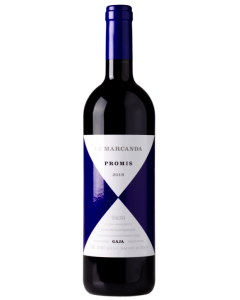
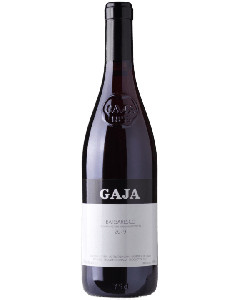



The Sub-Region
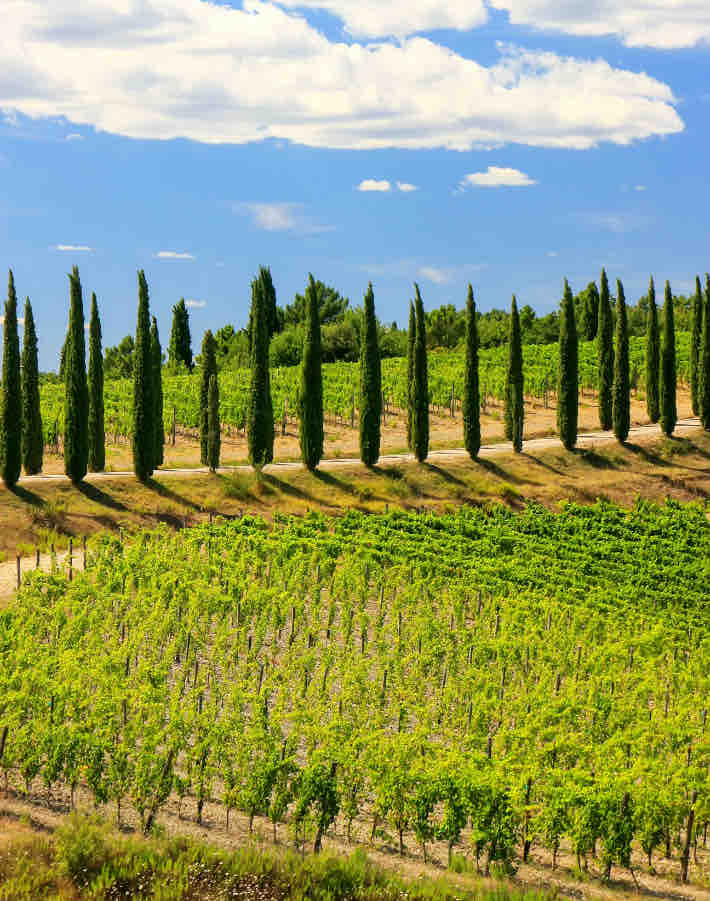
Brunello di Montalcino
Brunello di Montalcino vies with Barolo and Barbaresco as Italy’s greatest wine producing zone. Montalcino is a viticultural zone which surrounds the mediaeval hilltop town of Montalcino itself. There are a few styles of wine produced here, but it is for the Brunello that fine wine drinkers all over the world beat a path to. Rosso di Montalcino is its sibling which is also made from 100% Sangiovese (locally known as Brunello), but released a little earlier than the mandatory 5 years following harvest date for Brunello itself.
The Producer

Gaja Pieve Santa Restituta
Angelo Gaja, the revered Barbaresco producer, caused quite a stir when in the early nineties he purchased land in Montalcino creating the estate of Pieve Santa Restituta. It has taken a generation for Gaja to be no longer considered an interloper, now very much firmly part of the Brunello fraternity, and one of its most vocal and active ambassadors.
The original property was 16 hectares of already-established vineyards in Tavernelle next to Gianfranco Soldera, later in 2005 adding a further 10 hectares near Torrenieri, a site they call 'Deserti'. Even more recently there are more new vineyards in Bossignano which will come on stream with the 2019 vintage.
In the early days when Gaja was still finding his way, he experimented with French oak for the Cru wines of Rennina and Sugarille with great success, but with more recent vintages he has made the switch to larger barrels and tonneaux which have less oak influence and we think the wines are even better for it.
There are three expressions of Brunello - no Rosso - produced here. The estate wine, simply called Pieve Santa Restituta is made from the younger vineyards of Deserti, and is always the first of the three to reach its window of drinking, although in most years it has very good cellaring potential. Rennina and Sugarille are what we call the Cru wines, both grown at Tavernelle. Rennina is not technically speaking a single-vineyard wine, instead made from 3 small parcels together potentially making around 15,000 bottles. Sugarille is one parcel on Montalcino's finest galestro rock formations producing the longest lived and most powerful of the three, and potentially up to 10,000 bottles.





